 home / Insecta · vabzdžiai / Coleoptera · vabalai / Erirhinidae / Notaris scirpi · švendrinis straubliukas
home / Insecta · vabzdžiai / Coleoptera · vabalai / Erirhinidae / Notaris scirpi · švendrinis straubliukas
creation date

-
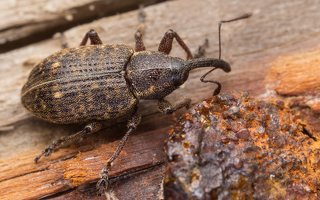 Notaris scirpi · švendrinis straubliukas
Notaris scirpi · švendrinis straubliukas
-
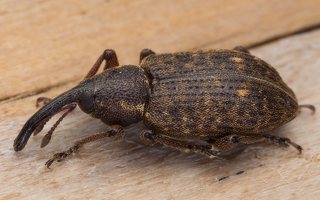 Notaris scirpi · švendrinis straubliukas
Notaris scirpi · švendrinis straubliukas
-
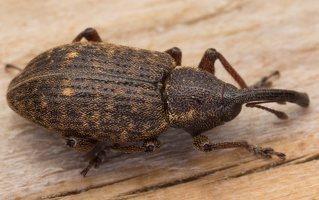 Notaris scirpi · švendrinis straubliukas
Notaris scirpi · švendrinis straubliukas
-
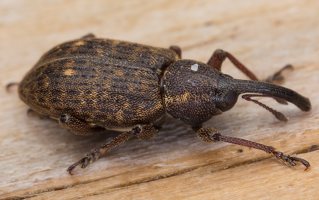 Notaris scirpi · švendrinis straubliukas
Notaris scirpi · švendrinis straubliukas
-
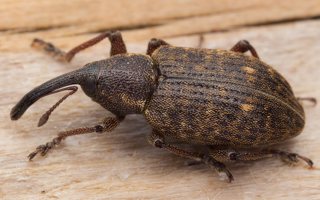 Notaris scirpi · švendrinis straubliukas
Notaris scirpi · švendrinis straubliukas
-
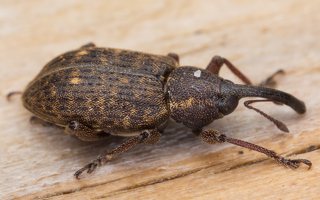 Notaris scirpi · švendrinis straubliukas
Notaris scirpi · švendrinis straubliukas
-
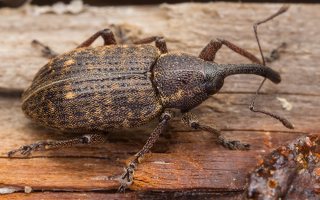 Notaris scirpi · švendrinis straubliukas
Notaris scirpi · švendrinis straubliukas
-
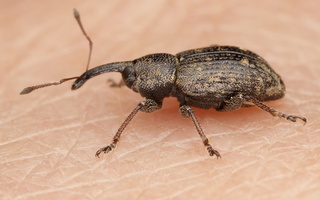 Notaris scirpi · švendrinis straubliukas
Notaris scirpi · švendrinis straubliukas
- švendrinis straubliukas
- vasstarrvivel
- archive.org: ukbeetles.co.uk/notaris-scirpi
- insektarium.net/coleoptera-2/curculionidae-ryjkowcowate/notaris-scirpi
- gbif.org/species/4469729
This widespread species occurs throughout the Palaearctic region from Western Europe to the far east of Asia including Japan, to the north reaching southern Scandinavia and occasionally further north, and to Turkey in the south. Typical habitats include wetland margins, marshland peat bogs and salt marshes etc, especially by stagnant still water with plenty of vegetation although adults may also occur under debris or among gravel and roots in freshly created habitats. Adults occur year-round; they become active in March or April and are generally present until October or November, peak numbers occur in May or June and freshly-emerged adults have been recorded from August until the autumn, these will go on to overwinter either in the soil or in litter among marginal vegetation or within stems of Typha latifolia (bulrush) etc. Upon emergence in the spring they feed on foliage and fresh stems of a variety of monocotyledons; Typha, Phragmites (reeds), Scirpus (rushes) and various Carex (sedges). Mating occurs in the spring and larvae develop through the spring and summer in the roots and lower stems of Typha latifolia, Carex acutiformis, and in other sedges and club rushes.
Snout long, black, curved downwards. Pronotum and elytra brown with small, yellowish spots. Antennae and at least partially legs brown. No spines on the fore thighs and shins.
5.5-7.5 mm. Entirely black with the tibiae and tarsi variously lighter, elongate and parallel-sided with pronotum narrower than the elytra, dorsal surface with patches of recumbent golden scales, including on the first interstice. Head finely and densely punctured, with large convex eyes and a long curved rostrum, antennae long and slender; scape gradually and weakly broadened towards the apex and club elongate and pointed. Pronotum evenly rounded laterally to obtuse posterior and anterior angles, surface strongly and confluently punctured. Elytra with wide rounded shoulders and almost parallel sides, striae deeply impressed and strongly punctured, interstices roughly cross-rugose with patches of pubescence, the third usually with a patch of dense pale scales at the apical third, laterally without glabrous patches. Legs long and slender, all tibiae smooth along the inner margin and produced to a sharp tooth at the inner apical angle. Third tarsal segment strongly bilobed. In the male the antennae are placed closer to the rostral apex, within the apical third, in the female a little further back, at around the apical third, this becomes obvious when the sexes are viewed together.
Some Dorytomus are superficially similar but the smooth pro-femora of Notaris is distinctive.